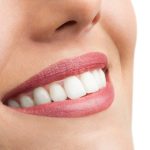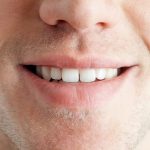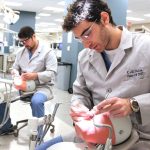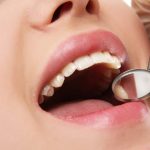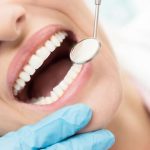Uncovering the Mystery: How Many Teeth Does an Adult Cat Have?
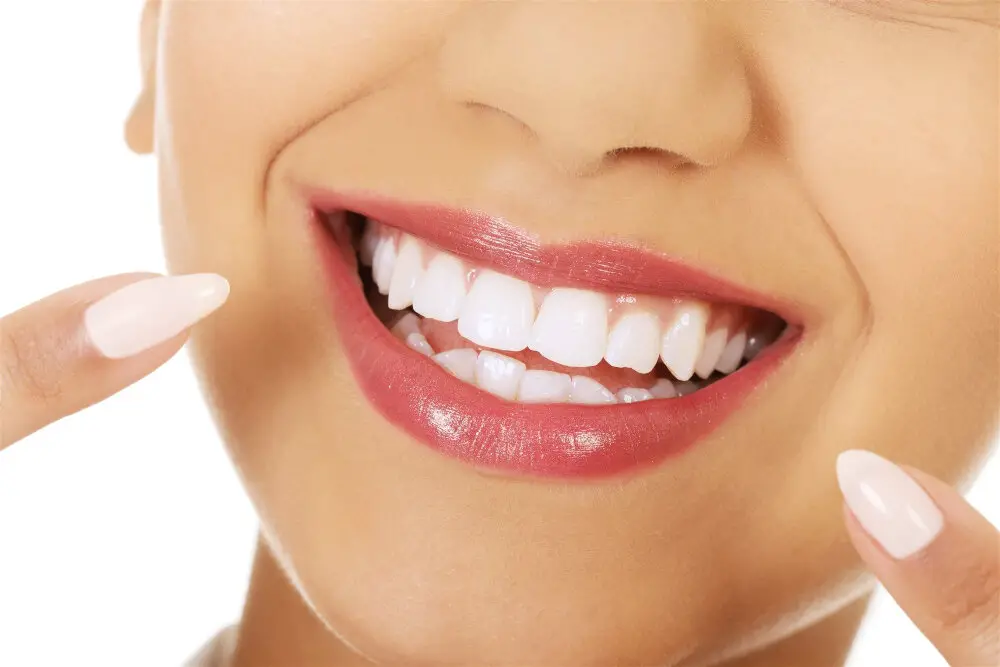
The feline kingdom holds a great deal of intrigue and mystery, with cats being some of the most enigmatic creatures to ever roam the earth. One of the most curious aspects of felines that has piqued the curiosity of many cat lovers is their teeth. Specifically, how many teeth does an adult cat have? It’s a question that has puzzled many, and the answer might surprise you. Cats are known for their sharp claws and teeth, which are essential in helping them hunt and defend themselves in the wild. But when it comes to their teeth, there’s more to them than meets the eye. Understanding the dental makeup of cats can provide valuable insight into their biology, behavior, and overall health. So, let’s dive into the world of feline dentistry and uncover the mystery of how many teeth an adult cat has.
Knowing how many teeth an adult cat has is crucial for the overall health and well-being of your feline companion. Adult cats have 30 teeth, including incisors, canines, premolars, and molars, each with a specific function in the process of chewing and tearing food. Understanding the number and location of your cat’s teeth can help you identify any dental issues, such as broken or missing teeth, gum disease, or tooth decay, which can lead to pain, infection, and even systemic health problems. Regular dental check-ups and proper oral care, including brushing and providing appropriate chew toys, can prevent dental problems and maintain your cat’s healthy teeth and gums, ensuring a happy and active life for your furry friend.
The Different Types of Teeth in an Adult Cat
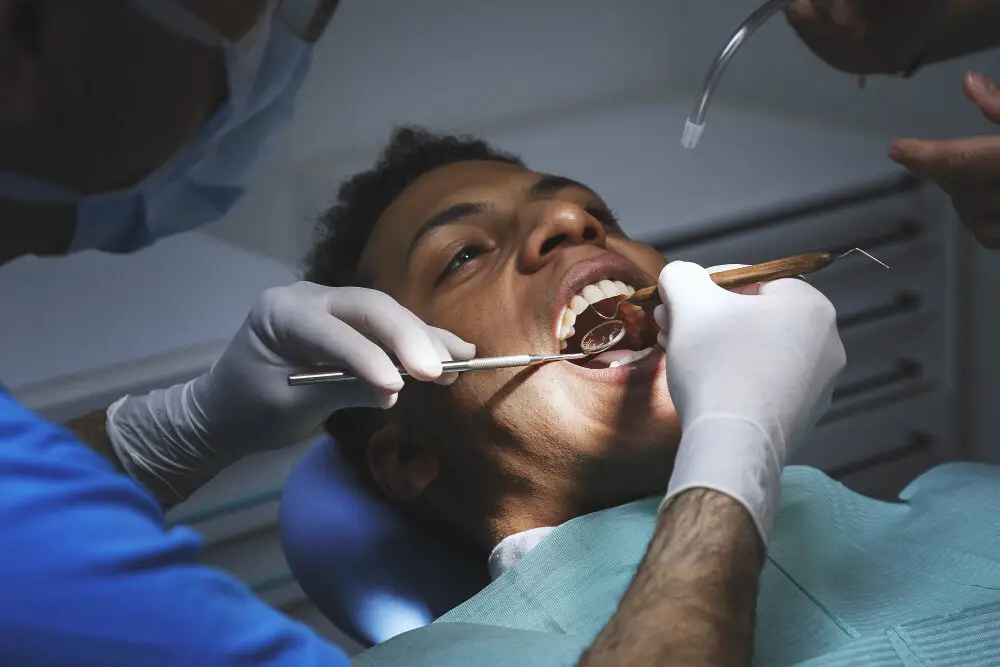
Cats are fascinating creatures, and their dental structure is no exception. Adult cats have a total of 30 teeth, which is fewer than humans’ 32 teeth. These teeth come in different shapes and sizes, each serving a specific purpose in a cat’s mouth. The four types of teeth present in an adult cat’s mouth are incisors, canines, premolars, and molars. Incisors are the small, flat teeth located at the front of the mouth, which are used primarily for biting into food. Canines, on the other hand, are the long, pointed teeth located at the front of the mouth and are used for grabbing and holding prey. Premolars and molars are located at the back of the mouth and are used for crushing and grinding food. The different teeth in an adult cat’s mouth are well-suited for their carnivorous diet. The long, sharp canines and incisors are perfect for tearing meat off bones and breaking through tough skin. The premolars and molars, with their flat surfaces and multiple points, are ideal for grinding and crushing bones. However, because of the nature of their diet, cats are prone to dental problems such as tooth decay, gum disease, and tooth fractures. It is crucial to take care of their teeth by providing them with a healthy diet, regular dental check-ups, and dental cleaning. Understanding the different types of teeth in an adult cat’s mouth can help pet owners better understand their feline companions’ dental needs and ensure their overall health and well-being.
A cat’s mouth is a fascinating and complex system of teeth that are specially designed to fulfill different purposes. The feline dental formula consists of 30 teeth, with 16 in the upper jaw and 14 in the lower jaw. The teeth are divided into four different types: incisors, canines, premolars, and molars. The incisors are located at the front of the mouth and are used for grasping and biting. The canines, also known as fangs, are sharp and pointed and are used for tearing and holding prey. The premolars are used for shearing and cutting food, while the molars are used for grinding and crushing. Each type of tooth is essential for a cat’s diet and survival, allowing them to catch and consume their prey effectively. Understanding the different types of teeth in a cat’s mouth can help pet owners better care for their feline friend’s dental health.
Each type of tooth in a cat’s mouth serves a specific function. Incisors, located at the front of the mouth, are used for biting and grasping. Canines, or fangs, are used for tearing and holding prey. Premolars and molars, located towards the back of the mouth, are used for crushing and grinding food. Cats have sharp, pointed teeth to help them catch and kill prey, as well as flat, broad teeth to help them chew and digest their food. The different types of teeth work together to allow cats to efficiently eat and survive in the wild. Understanding the function of each type of tooth is important for maintaining your cat’s dental health and overall well-being.
How Many Teeth Does an Adult Cat Have?
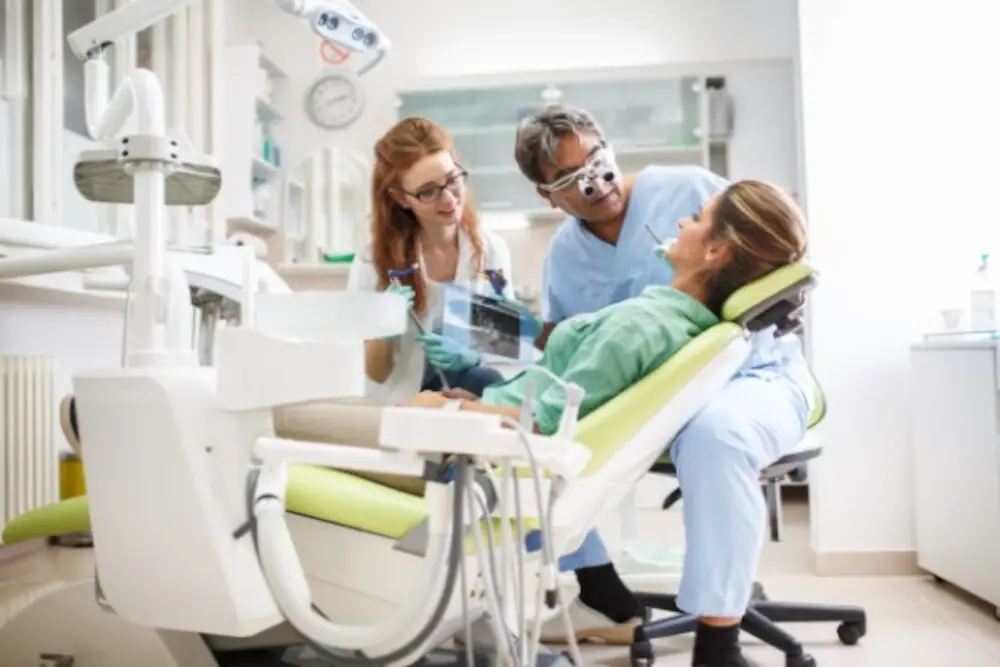
Cats are fascinating creatures that have been domesticated for thousands of years. Despite their popularity as pets, many cat owners don’t know the exact number of teeth their adult cat has. The answer may surprise you! An adult cat typically has 30 teeth in their mouth, consisting of incisors, canines, premolars, and molars. These teeth are arranged in a specific pattern that allows cats to chew their food effectively and efficiently. Each type of tooth serves a unique purpose, making them essential for a cat’s overall health and well-being. The incisors are located at the front of the cat’s mouth and are used for biting and cutting food. The canines are the long, pointed teeth located on either side of the incisors and are used for gripping and tearing meat. The premolars and molars are located towards the back of the mouth and are used for grinding and crushing food. These teeth are also important for keeping the cat’s mouth healthy by removing food particles and bacteria that can cause dental problems. Regular dental checkups and cleaning are essential to maintain a cat’s oral hygiene and prevent tooth loss or gum disease.
When it comes to the dental structure of adult cats, they are known to have 30 permanent teeth, which is a considerable number compared to humans. These teeth are divided into four types, namely canines, incisors, molars, and premolars. The canines are the sharp and elongated teeth positioned at the front of the mouth, whereas the incisors are the smaller teeth located between the canines. Premolars are the teeth located towards the back, and the molars are the larger teeth that are commonly used for grinding food. The dental structure of cats is an essential aspect of their overall health, and regular dental checkups are necessary to ensure that their teeth are healthy and in good condition.
The number of teeth in adult cats and kittens significantly differs, as a kitten starts with 26 \baby\ teeth, whereas an adult cat has 30 permanent teeth. The kitten teeth are replaced by permanent ones from the age of three months, and the process is completed by six months. The adult cat’s teeth consist of six incisors on the upper and lower jaws, two canines, six premolars, and two molars on each side of the mouth. These teeth serve various purposes, including biting, tearing, and grinding food. The teeth also play a crucial role in grooming and self-defense. Therefore, understanding the number, type, and function of a cat’s teeth can help pet owners maintain their feline’s oral health and overall well-being.
Dental Care for Adult Cats
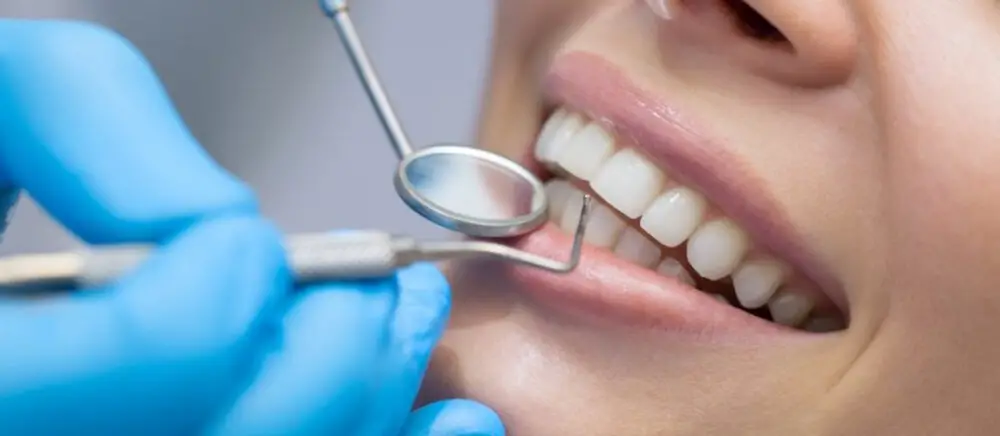
Dental care is an essential aspect of a cat’s overall health, and it is important to maintain their dental hygiene to prevent dental diseases. Adult cats have 30 teeth, including incisors, canines, premolars, and molars. The incisors at the front of the mouth are used for grooming and biting, while the canines are used for grasping and tearing food. The premolars and molars at the back of the mouth are used for grinding and crushing food. It is crucial to keep all these teeth clean and free of tartar and plaque to ensure a healthy mouth. Regular brushing of your cat’s teeth is the best way to maintain their dental hygiene. You can use a soft-bristled toothbrush and toothpaste specially designed for cats. It is best to start brushing your cat’s teeth when they are still young to get them used to the process. If your cat is resistant to brushing, you can try dental chews or treats that help to reduce tartar and plaque. Regular dental check-ups with your veterinarian are also necessary to detect any dental problems early and treat them promptly. By taking care of your cat’s teeth, you can help them maintain good oral health, prevent dental diseases, and ensure they have a happy and healthy life.
Dental care for adult cats is crucial for their overall health and well-being. Cats use their teeth not only for eating but also for grooming themselves, playing and defending themselves. Neglecting dental care can lead to a variety of health issues, including gum disease, tooth decay, and even systemic infections that can affect vital organs such as the heart and kidneys. Regular dental check-ups, toothbrushing, and a healthy diet can help maintain good oral hygiene in adult cats and prevent potential health problems. As a responsible cat owner, it is important to ensure that your feline friend’s dental needs are met to keep them healthy and happy for years to come.
Maintaining good dental hygiene in cats is essential for their overall health and well-being. One of the most important tips is to provide them with a balanced diet that is rich in nutrients and low in carbohydrates. This can help prevent the buildup of plaque and tartar, which can lead to gum disease and tooth decay. Regular brushing of their teeth with a pet-specific toothbrush and toothpaste can also help remove any food particles and bacteria that may have accumulated. Additionally, providing them with chew toys and dental treats can help promote healthy teeth and gums. It’s important to monitor their dental health regularly and schedule regular check-ups with a veterinarian to address any potential issues before they become more serious.
Signs of Dental Problems in Adult Cats
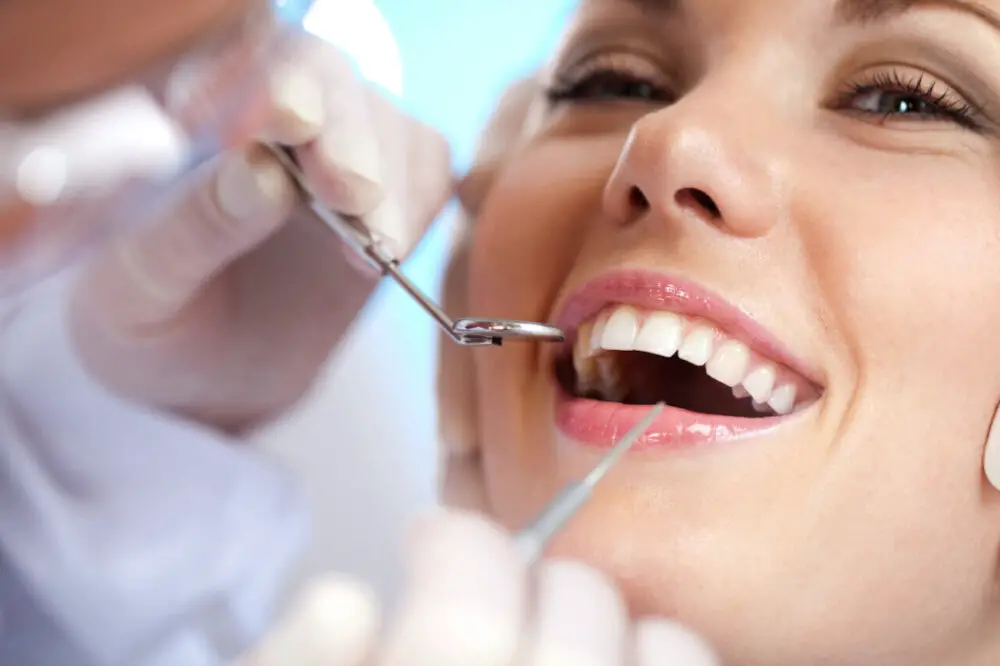
Dental problems are not only common among humans but also among cats. As a responsible pet owner, it is crucial to keep an eye on your cat’s dental health. One of the most common signs of dental problems in adult cats is bad breath. If you notice a foul odor coming from your cat’s mouth, it may indicate dental issues such as gum disease or tooth decay. Additionally, you may observe your cat experiencing difficulty eating or dropping food from their mouth. This behavior can be a result of dental pain, which can be caused by broken, loose, or infected teeth. Another sign of dental problems in adult cats is excessive drooling. While drooling is normal among cats, excessive drooling can be an indication of dental issues. Dental pain can cause your cat to drool more than usual as they try to relieve the discomfort. In some cases, you may also notice your cat pawing at their mouth or rubbing their face against objects. This behavior can be a sign of discomfort or pain in the mouth. If you observe any of these signs, it is essential to take your cat to the veterinarian for a dental examination, as untreated dental problems can lead to more severe health issues.
As adult cats age, they are prone to several dental problems that can affect their overall health and wellbeing. One of the most common issues is periodontal disease, which occurs when plaque and tartar build-up on the teeth and gums, causing inflammation and infection. Another problem is tooth resorption, where the tooth’s structure deteriorates and can lead to pain and discomfort. Additionally, cats may experience broken or fractured teeth, which can expose nerves and cause infection. Regular dental check-ups and cleanings, as well as providing appropriate chew toys and a healthy diet, can help prevent these problems and maintain good oral health in adult cats.
When it comes to determining how many teeth an adult cat has, there are several signs and symptoms to look out for. One of the most obvious indicators is a change in your cat’s eating habits. If your feline friend is having difficulty chewing or seems to be avoiding food altogether, it may be due to dental issues. Other symptoms to watch for include bad breath, excessive drooling, and pawing at the mouth. Additionally, you may notice that your cat’s teeth appear discolored, loose, or even missing. If you suspect your cat may be experiencing dental problems, it’s important to seek veterinary care right away to prevent further complications.
Knowing how many teeth an adult cat has is essential for cat owners to maintain their cat’s dental health. Adult cats have 30 teeth, including incisors, canines, premolars, and molars, which are designed to help them hunt and eat their prey. A cat’s teeth are sharp and pointed, which can cause dental problems such as tartar buildup, gum disease, and tooth decay if not properly cared for. Regular dental check-ups with a veterinarian and daily brushing of a cat’s teeth can help prevent these issues and ensure that a cat’s teeth remain healthy and functional. Thus, understanding the number and purpose of adult cat teeth is crucial for cat owners to provide their feline friends with the best dental care possible.
The article \Uncovering the Mystery: How Many Teeth Does an Adult Cat Have\ explores the number and types of teeth that adult cats have. It reveals that adult cats have 30 teeth, with 16 in the upper jaw and 14 in the lower jaw. The article also explains the different types of teeth that cats have, including incisors, canines, premolars, and molars. It highlights the functions of each type of tooth in a cat’s mouth, such as the incisors used for grooming and biting, and the molars used for grinding food. Additionally, the article discusses the importance of dental hygiene for cats, as poor dental health can lead to various health problems. Overall, the article provides a comprehensive overview of the teeth of adult cats and their importance in maintaining good health.
While many cat owners may not realize it, dental health is just as important for their feline friends as it is for humans. To ensure good dental health for cats, it is recommended that owners provide regular dental checkups, daily tooth brushing with specialized feline toothpaste, and a balanced diet that promotes healthy teeth and gums. Additionally, providing chew toys and treats designed to help clean teeth can also be beneficial. By taking these steps, cat owners can help their furry companions maintain healthy teeth and gums, which can lead to a happier and healthier life for their feline friends.
Conclusion
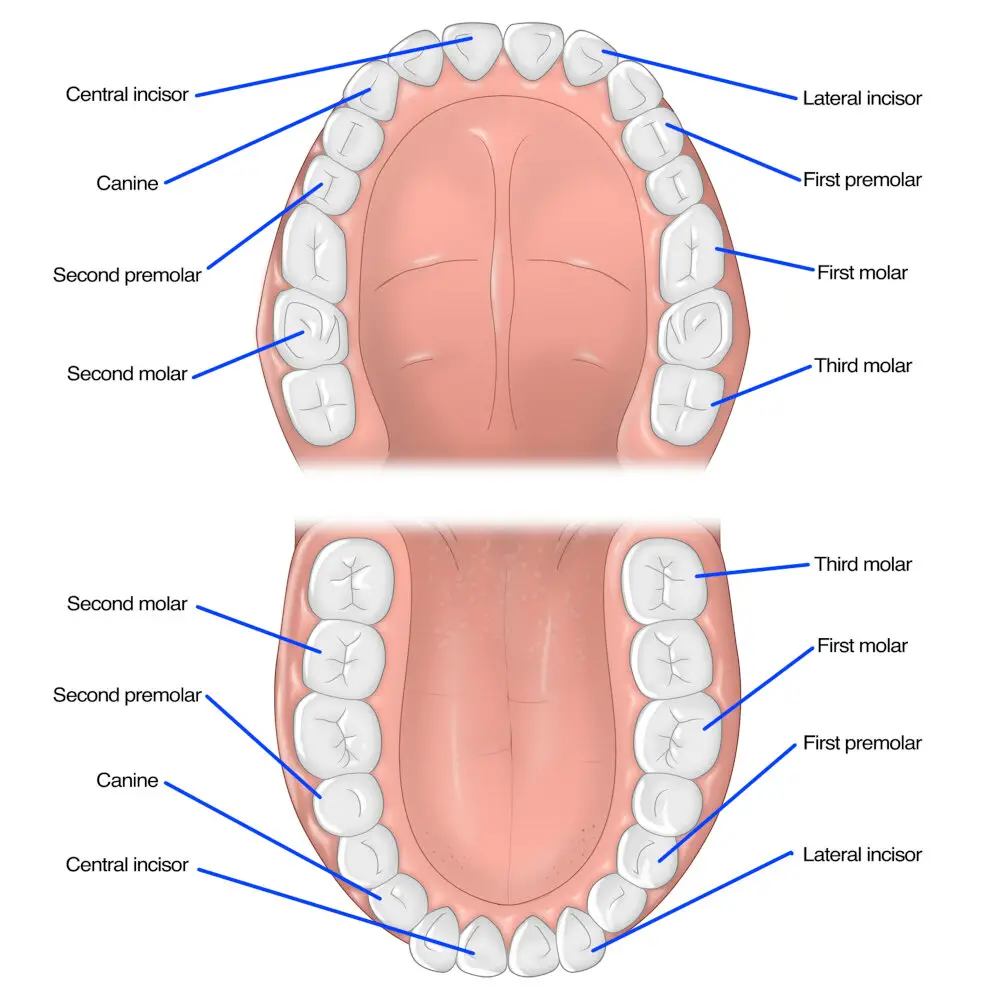
In conclusion, the mystery of how many teeth an adult cat has has been uncovered. Adult cats typically have 30 teeth, consisting of incisors, canines, premolars, and molars. These teeth serve a crucial role in their ability to hunt, eat, and communicate. It is important for cat owners to understand the importance of dental care for their feline companions to ensure their overall health and well-being. By regularly monitoring their cat’s teeth and providing proper dental hygiene, owners can help prevent dental diseases and maintain their cat’s healthy smile.
